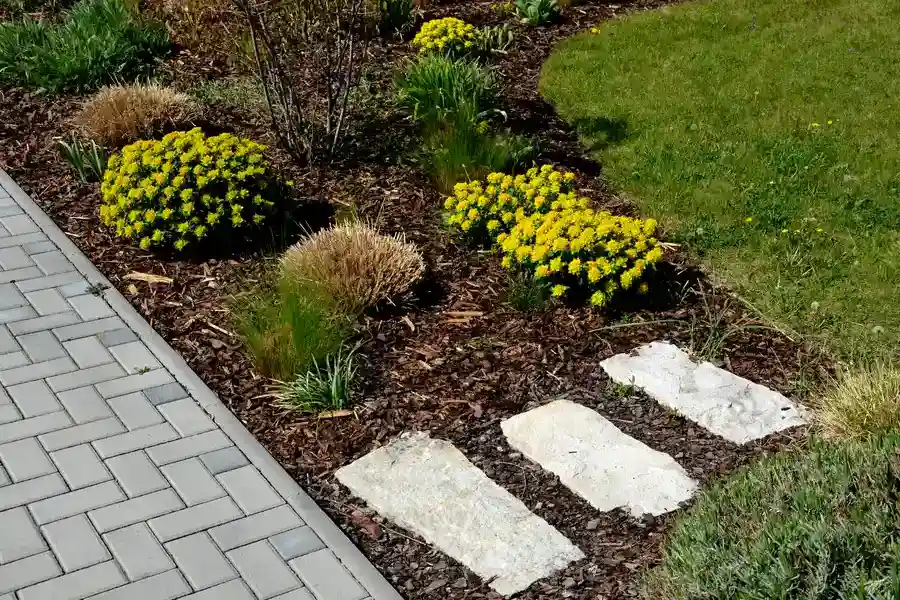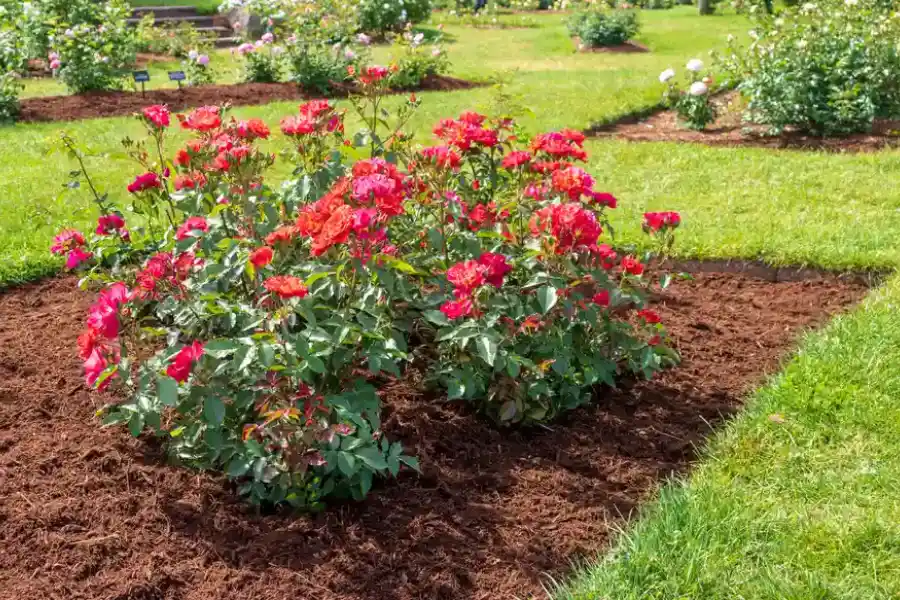Understanding the Importance and Benefits of Proper Application Techniques
The process of applying mulch can transform your garden or landscape. Proper application not only enriches the soil but also enhances plant growth, retains moisture, and controls weeds. With the right techniques, you can achieve long-term benefits that keep your garden thriving throughout the seasons. This guide will walk you through the essential aspects of mulch application to ensure effective results over time.

Key Advantages of Effective Ground Covering
Applying mulch offers numerous benefits. It helps retain soil moisture, which reduces the need for frequent watering. By insulating the soil, it keeps roots cooler in summer and warmer in winter. Mulching also suppresses weeds by blocking sunlight, saving you time on maintenance. Additionally, organic mulch types break down and enrich the soil with nutrients, promoting healthier plant life.
Common Issues Faced During Application
There are some challenges when applying mulch effectively. One common issue is using too much material, which can suffocate plants or attract pests. Another mistake is placing mulch directly against plant stems, leading to rot or disease. Understanding these potential pitfalls helps in planning a successful mulching strategy.

How to Apply for Best Results
To apply mulch correctly, start by clearing the area of weeds and debris. Next, apply a 2-4 inch layer of mulch around plants without covering their stems. Ensure an even spread to avoid clumping, which can hinder water penetration. Reapply as needed to maintain its depth and effectiveness throughout the growing season.
Expert Tips for Successful Coverage
Follow these expert tips to maximize your mulching efforts:
- Use natural materials like wood chips or straw for added nutrients.
- Avoid dyed mulches that may contain harmful chemicals.
- Renew mulch layers annually to replenish nutrients and maintain protective coverage.
- Keep a gap between mulch and plant stems to prevent rot.
Industry Standards You Should Know
Adhering to industry standards ensures your mulch application is both efficient and environmentally friendly. Many experts recommend a 3-inch thick layer as optimal for most garden types. Additionally, using organic mulch supports sustainable gardening practices by enhancing soil health naturally.
Analyzing Cost Factors and Value
The cost of mulching depends on the type and amount of material required for your space. Organic options might have a higher upfront cost but offer longer-lasting benefits through improved soil fertility. Consider this investment toward the long-term health of your garden rather than just an immediate expense.
Final Thoughts on Achieving Lasting Success
By understanding and implementing these strategies, you set up your garden for success. Maintaining proper mulch levels, choosing quality materials, and following best practices can make all the difference. Contact us at (330) 293-3729 for more detailed guidance tailored to your specific needs. If you’re located in Youngstown, OH, our team at GREAT SCAPES LLC is ready to assist with your landscaping projects.